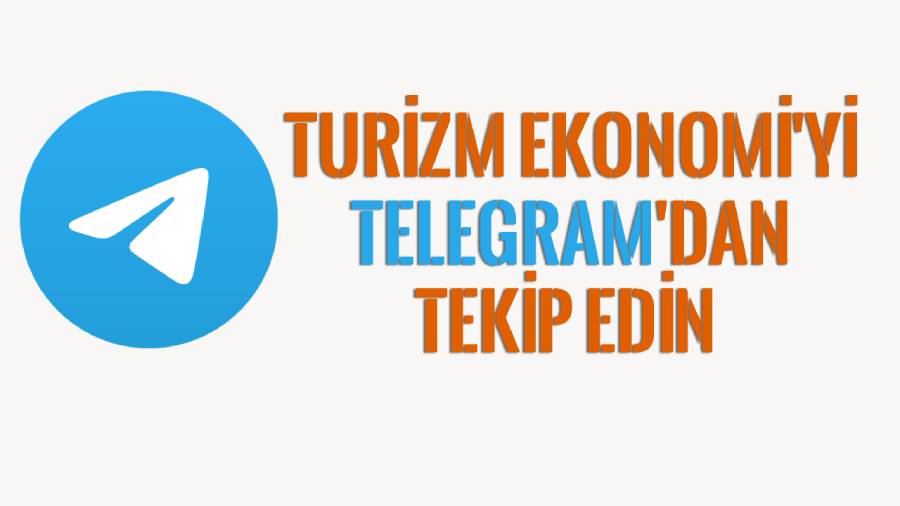Feti Kuyucu: Antalya is preparing for 35-40 million tourists

The potential of the Antalya region and the number of guests constitute almost 35-40 percent of foreign tourist trips to our country. Income is also developing in parallel with this. Therefore, the eyes of the tourism industry are always on the Antalya region.
The global travel industry is based on transportation (mainly air transportation) and accommodation (hotels etc.) as its main components, and these sector components are capital intensive sectors. The financial leverage of the sector, which has high establishment and investment capital, is quite high, although it varies by country.
The sector, which has shown significant investment and growth after the 2000s and especially during the European Union negotiation periods, has grown steadily until 2019. Especially with the successive investments in mass tourism and the establishment of new facilities, room and bed capacities in Antalya have reached significant amounts (as of March 2025, 1,153 facilities with operation/investment certificates provide service with 251,533 rooms and 542,045 bed capacity and 106,114 bed capacity with simple accommodation certificates).
Antalya will host 15.9 million foreign guests in 2024. Antalya destination, which has a bed stock that has been formed/increased with intensive investments over the years, has reached its highest point in investments with 7.1 billion dollars as of December 2020. Antalya has always had significant shares in total tourism credits . The sector, which provides continuous and steady cash flow, has not experienced cash flow interruptions for many years, but has experienced periodic cash flow contractions due to force majeure in 2016 and the COVID period.
Despite the financial and/or geopolitical risks it has experienced, the sector has always remained in the spotlight, showing all stakeholders over the years that financial debts can be paid in a certain period of time. In particular, the loans provided by financial stakeholders from abroad (syndicated loans, etc.) and used by the sector always provide advantages as a natural hedge transaction for financial stakeholders. In addition, the tourism sector (especially accommodation) has financed investments by providing significant maturities and amounts of foreign resources from the banking sector due to the transferability of investment/risk, as well as sectoral potential and positive criteria.
In the table below, I am sharing with you the changes in tourism sector /o tel loans between 2020 and 2025. Tourism loans, which reached their peak in Antalya with the effect of investments and growth in 2020, started a net payment period in loans with the increase in income, completion of investments and/or reaching sufficient capacity. Despite renovation and small-scale expansion investments compared to 2020, the loan stock decreased to 5.8 billion dollars in March 2025.
At this point, the figures also confirm that the tourism sector has the capacity to pay its debts during the normal operating period. The sector has reached a structure that is loyal to debt and resistant. The future potential is accepted by all stakeholders and strategic investments are shaped accordingly. Antalya is in intensive preparation to host 35-40 million guests in the next 10 years.
The financial developments in the period of March 2020 - 2024 (based on cash loans) are given below in numerical data based on Antalya and the tourism sector (hotels). (Source BDDK)
 Today, the tourism sector has become a strong sector of our country as much as the manufacturing industry. In our country, which has foreign exchange deficits due to its structure, the sector is expected to generate 64 billion dollars of income in 2025, as it is the antidote to these deficits.
Today, the tourism sector has become a strong sector of our country as much as the manufacturing industry. In our country, which has foreign exchange deficits due to its structure, the sector is expected to generate 64 billion dollars of income in 2025, as it is the antidote to these deficits.
The tourism sector receives a share of around 4 percent of the national credit volume. This share is low compared to the income generated by the sector. We have to prioritize it as a strategic and selective sector.
turizmekonomi






